Nepal is a country of immense natural beauty, with towering mountains, dense forests, and fertile valleys that support a rich and diverse array of plant life. Among the many floral treasures that can be found in this breathtaking land are the exquisite orchids, which are among the most beautiful and fascinating flowers in the world.
Orchids are known for their intricate and delicate beauty, and Nepal is home to a stunning variety of these floral marvels. There are over 500 species of orchids found in Nepal, ranging from tiny, delicate flowers to large, showy blooms. Many of these orchids are endemic to the region, meaning that they can only be found in Nepal and the surrounding areas. Some of the most common and popular orchids in Nepal include the cymbidium, the dendrobium, the vanda, the coelogyne, the paphiopedilum, and the cattleya.
The Diversity of Nepalese Orchids
One of the most fascinating aspects of Nepalese orchids is their diversity. Orchids can be found in a range of habitats, from high mountain meadows to lowland forests and even urban gardens. Some species thrive in the harsh alpine conditions of the Himalayas, where they can grow up to 4000 meters above sea level, while others grow in the steamy heat of the Terai region, where they can be found as low as 100 meters above sea level. Each species has its own unique characteristics and adaptations that allow it to survive in its particular environment.
For example, some orchids have thick and fleshy leaves that store water and nutrients, while others have thin and deciduous leaves that shed during the dry season. Some orchids have long and slender stems that support the weight of the flowers, while others have short and stout stems that anchor the plant to the ground. Some orchids have bright and fragrant flowers that attract pollinators, while others have dull and odorless flowers that rely on wind or water for pollination.
The diversity of Nepalese orchids is also reflected in their flowering seasons, which vary depending on the species and the climate. Some orchids bloom only once a year, while others bloom several times a year. Some orchids bloom in the spring, while others bloom in the summer, autumn, or winter. Some orchids bloom for a few days, while others bloom for a few weeks or months.
The Cultural Significance of Nepalese Orchids
Another fascinating aspect of Nepalese orchids is their cultural significance. Orchids have been an important part of Nepalese culture for centuries, and are often used in religious ceremonies, festivals, and traditional medicine. Many orchid species have specific cultural meanings and are associated with particular myths and legends.
One example is the cymbidium orchid, which is known as the "king of orchids" in Nepal. This stunning flower is highly prized for its beauty and is often used in traditional Nepalese wedding ceremonies. The cymbidium orchid is believed to symbolize love, loyalty, and happiness, and is also considered a lucky charm for the newlyweds.
The dendrobium orchid, on the other hand, is associated with the Hindu goddess Durga and is used in religious offerings during the Dashain festival. The dendrobium orchid is believed to represent power, strength, and victory, and is also considered a sacred flower for the goddess. The dendrobium orchid is also used in traditional Nepalese medicine to treat various ailments, such as fever, cough, and asthma.
Other examples of orchids with cultural significance in Nepal include the vanda orchid, which is used to make garlands and wreaths for special occasions, the coelogyne orchid, which is used to decorate temples and shrines, and the paphiopedilum orchid, which is used to make perfume and incense.
The Conservation of Nepalese Orchids
Despite their beauty and cultural significance, many of Nepal's orchids are under threat. Habitat loss, climate change, and over-collection for the international plant trade are all putting pressure on these fragile flowers. As a result, many orchid species are now endangered or critically endangered.
Efforts are underway to protect Nepal's orchids and their habitats, including the establishment of protected areas, research and conservation programs, and community-based initiatives. However, much more needs to be done to ensure that these precious flowers are preserved for future generations.
One of the challenges of orchid conservation in Nepal is the lack of awareness and education among the local people and the authorities. Many people do not realize the value and importance of orchids, and often collect them for personal or commercial use without proper permits or regulations. Many people also do not know how to identify and cultivate orchids, and often damage or destroy them unintentionally.
Another challenge of orchid conservation in Nepal is the lack of resources and funding for research and conservation activities. Many orchid species are still unknown or poorly studied, and their distribution, population, and status are not well documented. Many conservation projects are dependent on external support and funding, which are often limited and unreliable.
Therefore, it is essential to raise awareness and education among the local people and the authorities about the importance and value of orchids, and to promote sustainable and responsible use and management of orchid resources. It is also essential to increase resources and funding for research and conservation activities, and to support and collaborate with local and international organizations and experts who are working to protect and conserve orchids.
Conclusion
Nepalese orchids are a true wonder of nature, with their intricate beauty, diverse adaptations, and cultural significance. As we continue to explore and appreciate these enchanting flowers, it is also our responsibility to protect and conserve them for the benefit of all. By doing so, we can ensure that these exquisite orchids will continue to grace the land of Nepal with their charm and splendor.

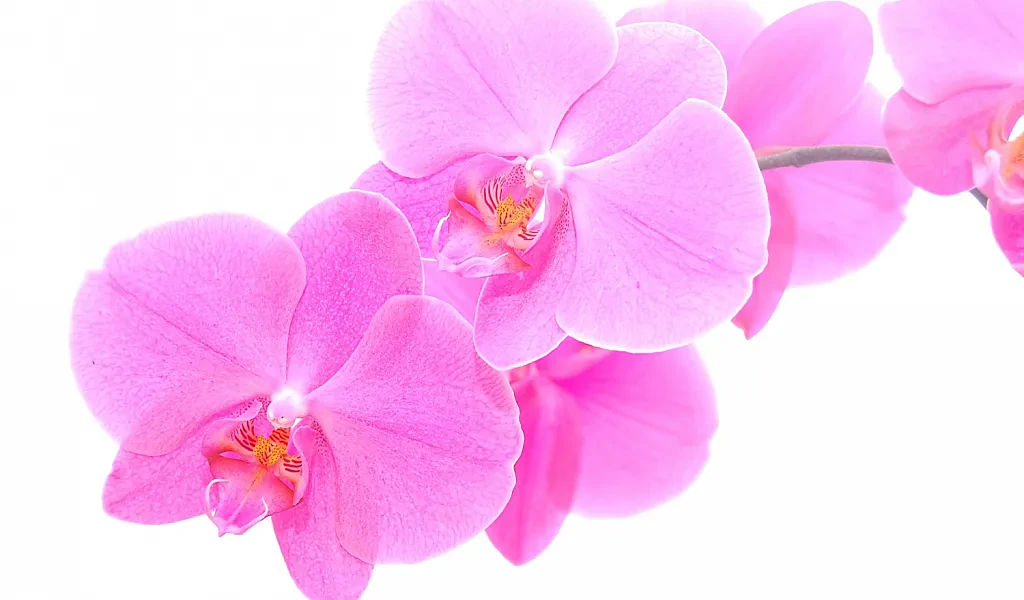
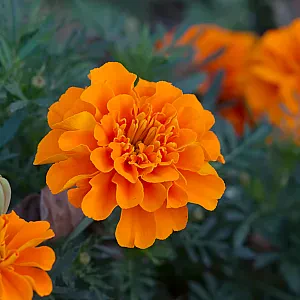
-thumb.webp)
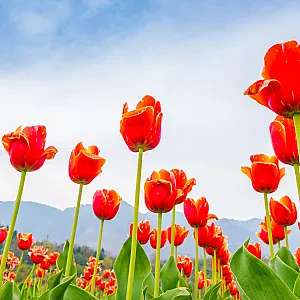
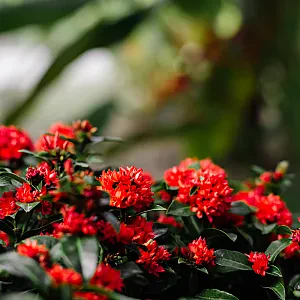

-thumb.webp)
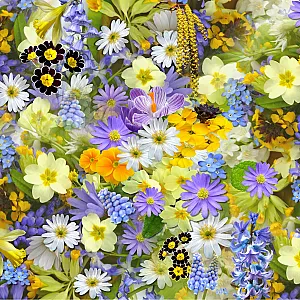
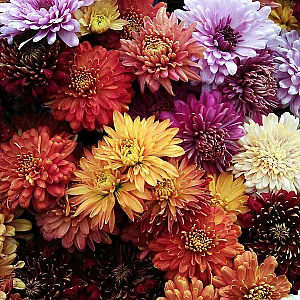


Comments